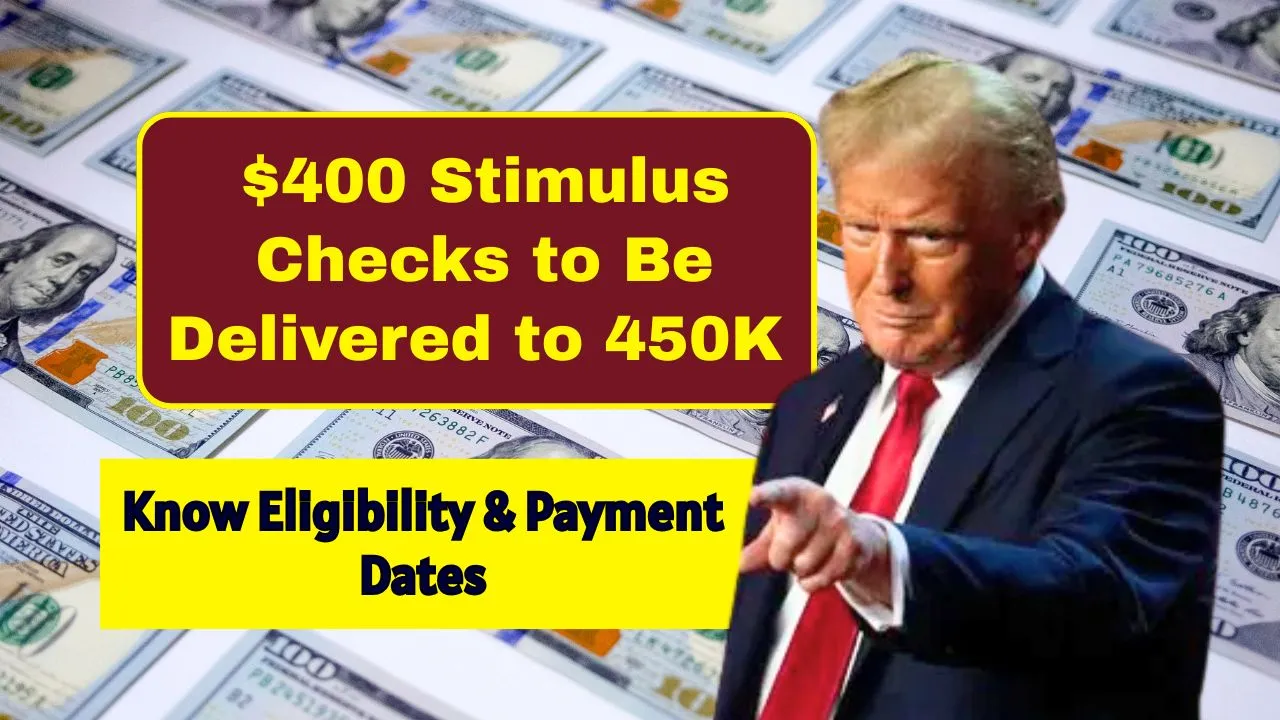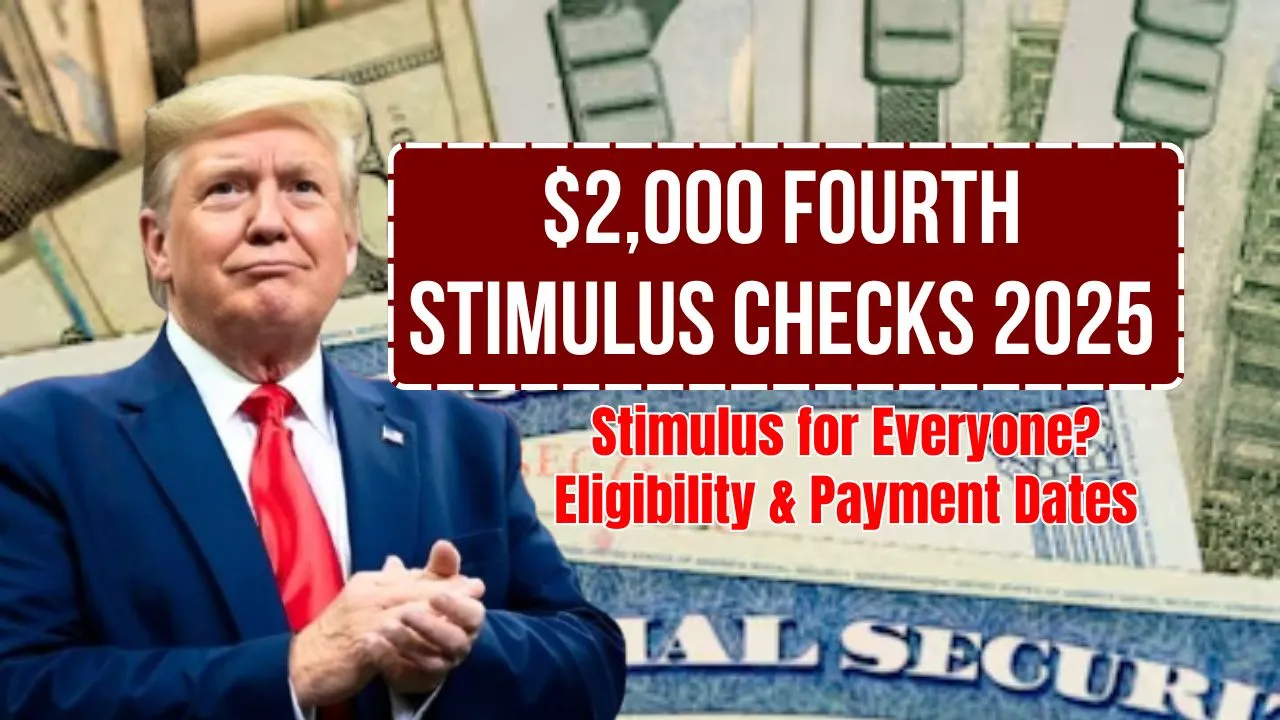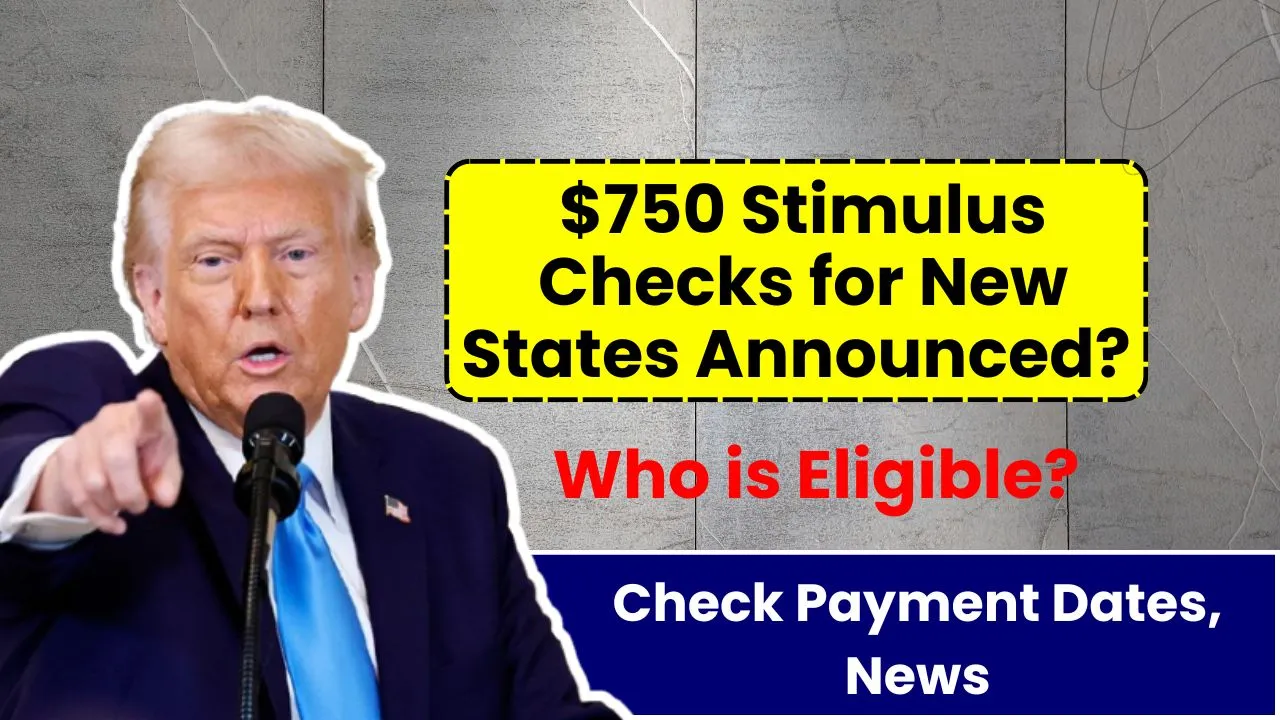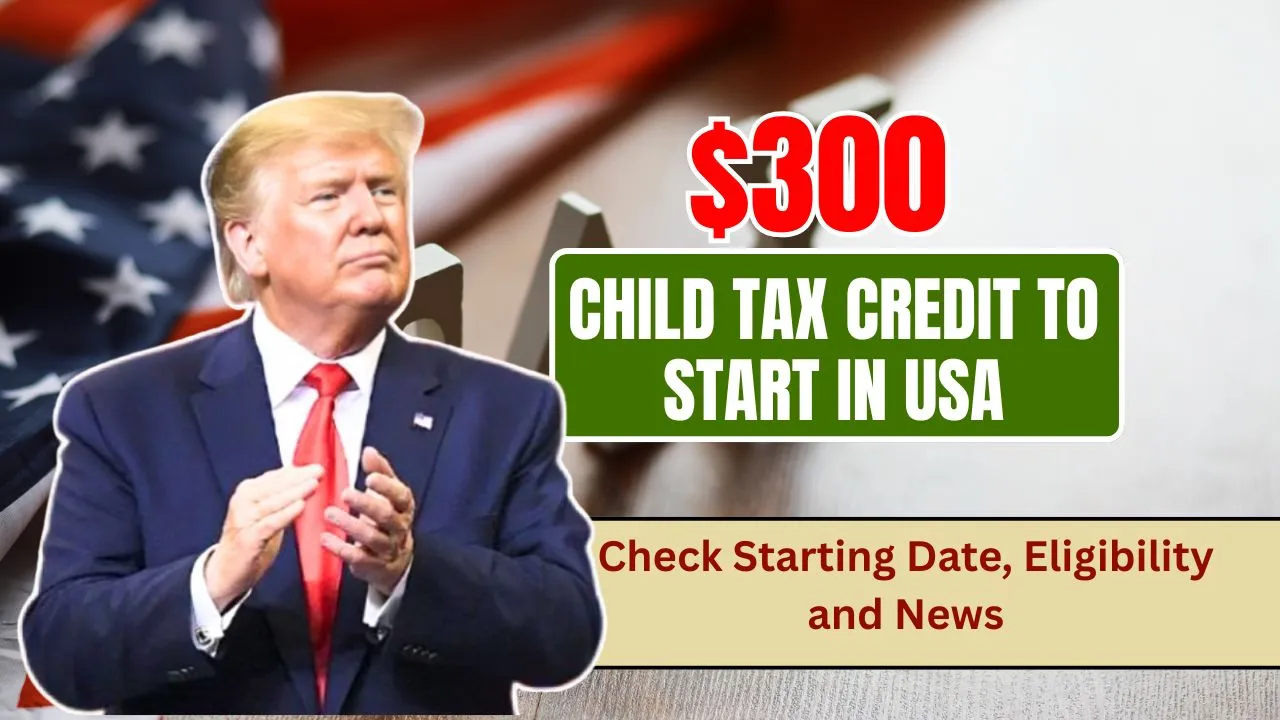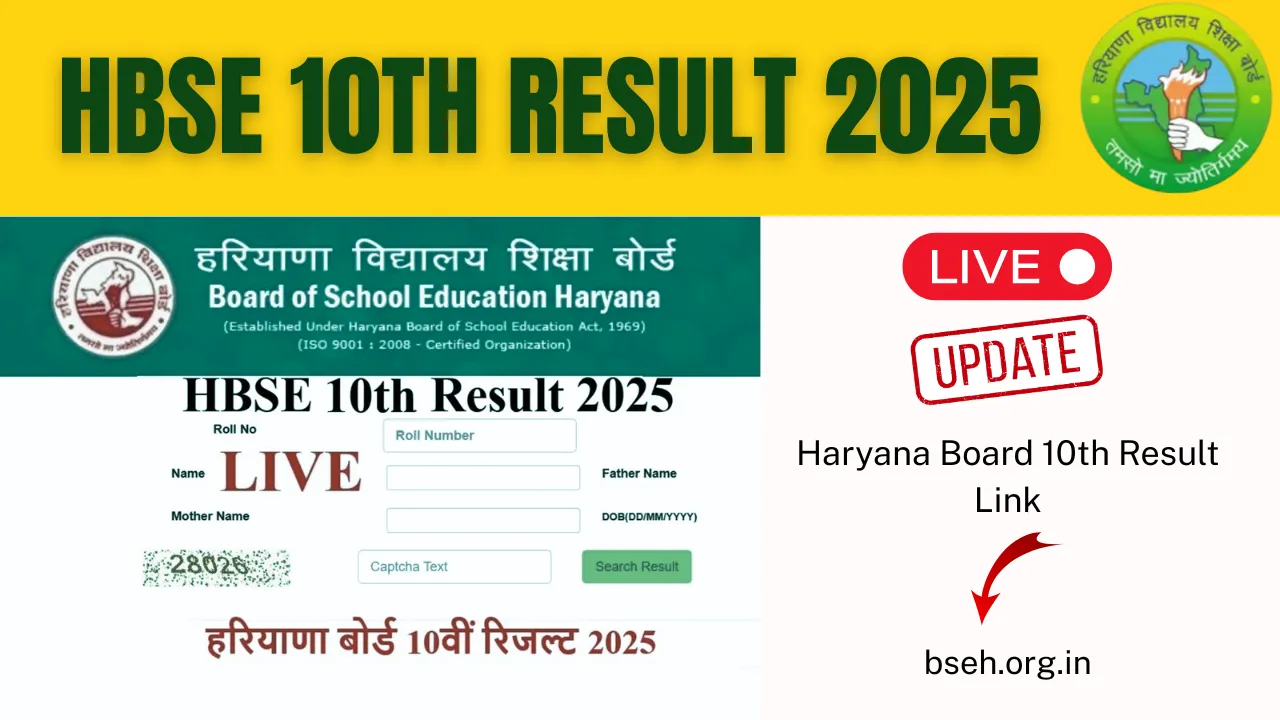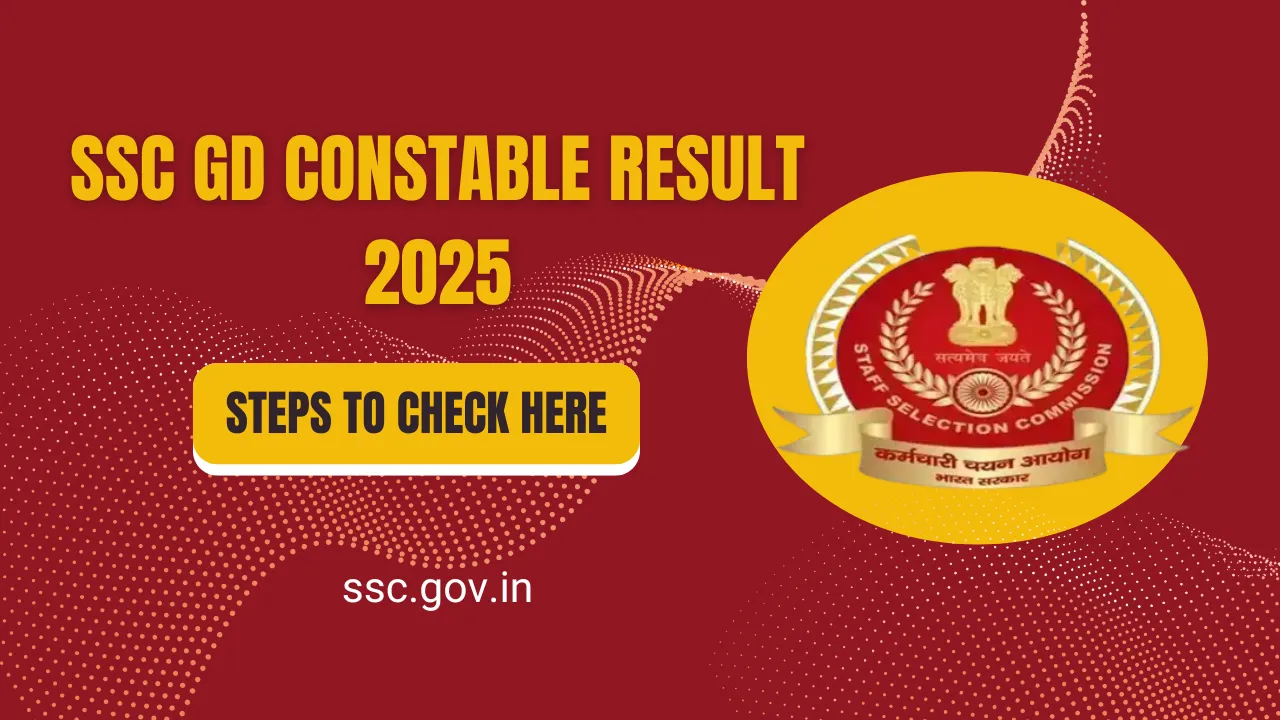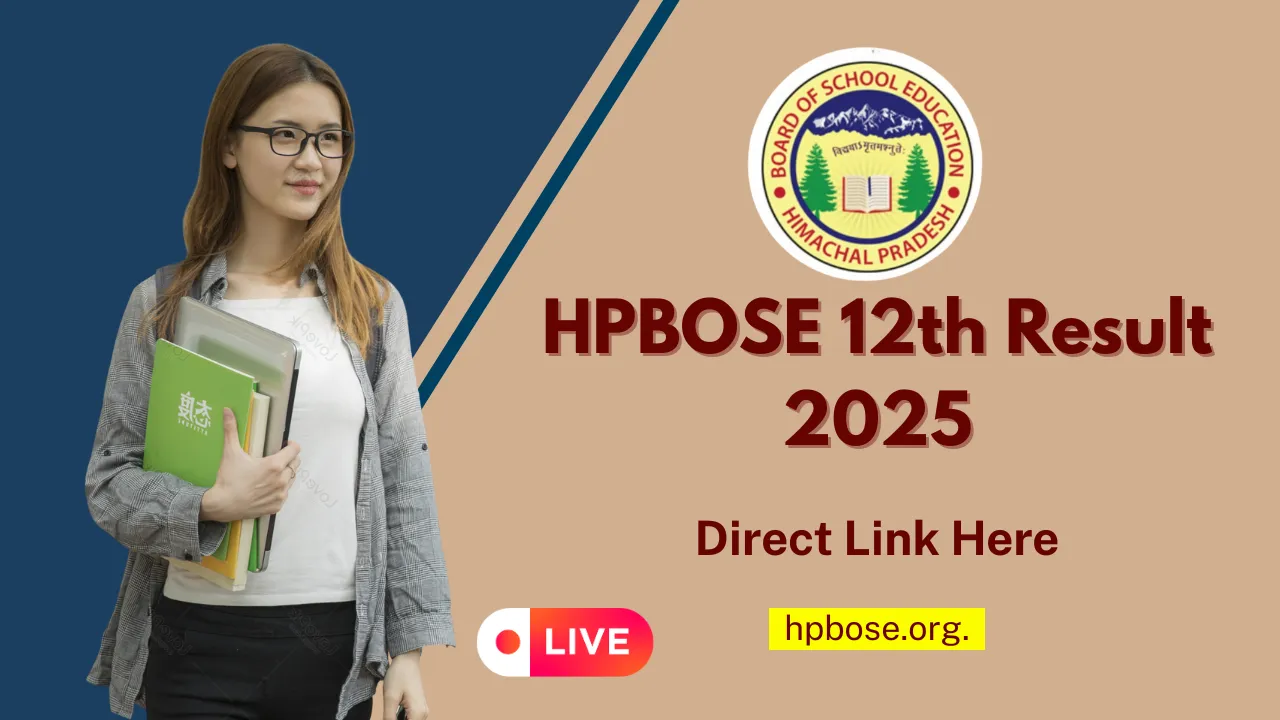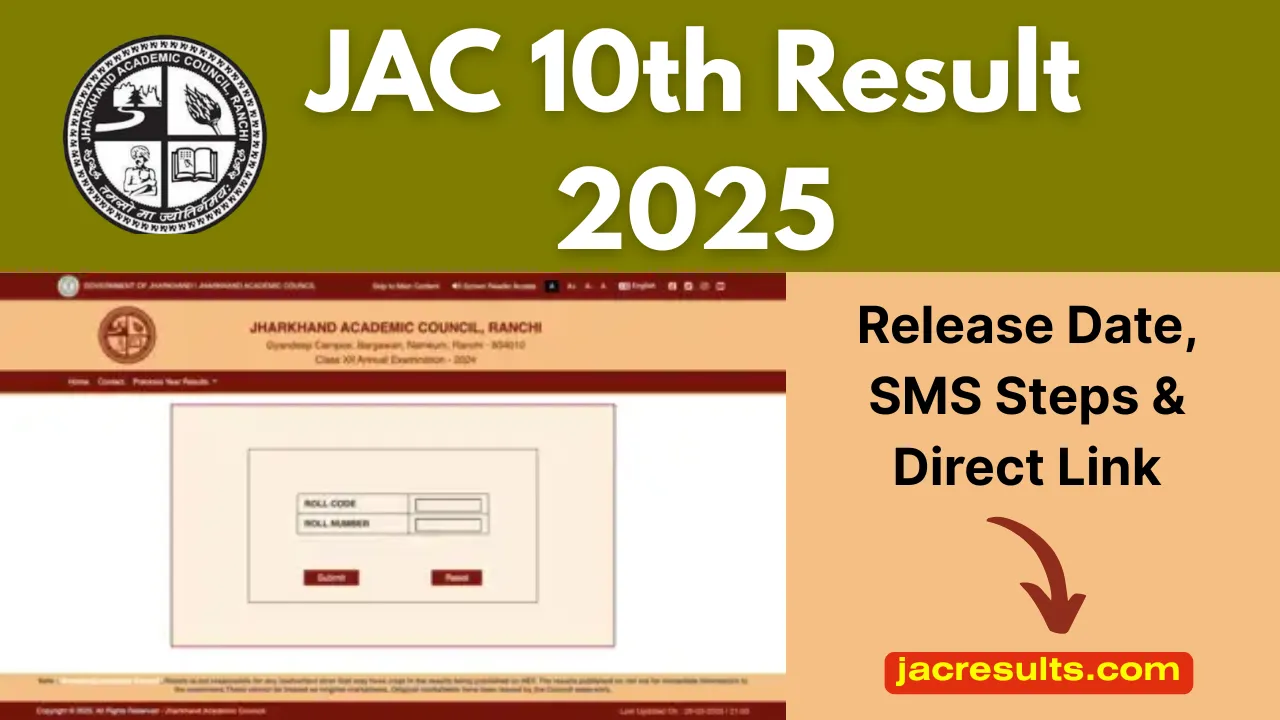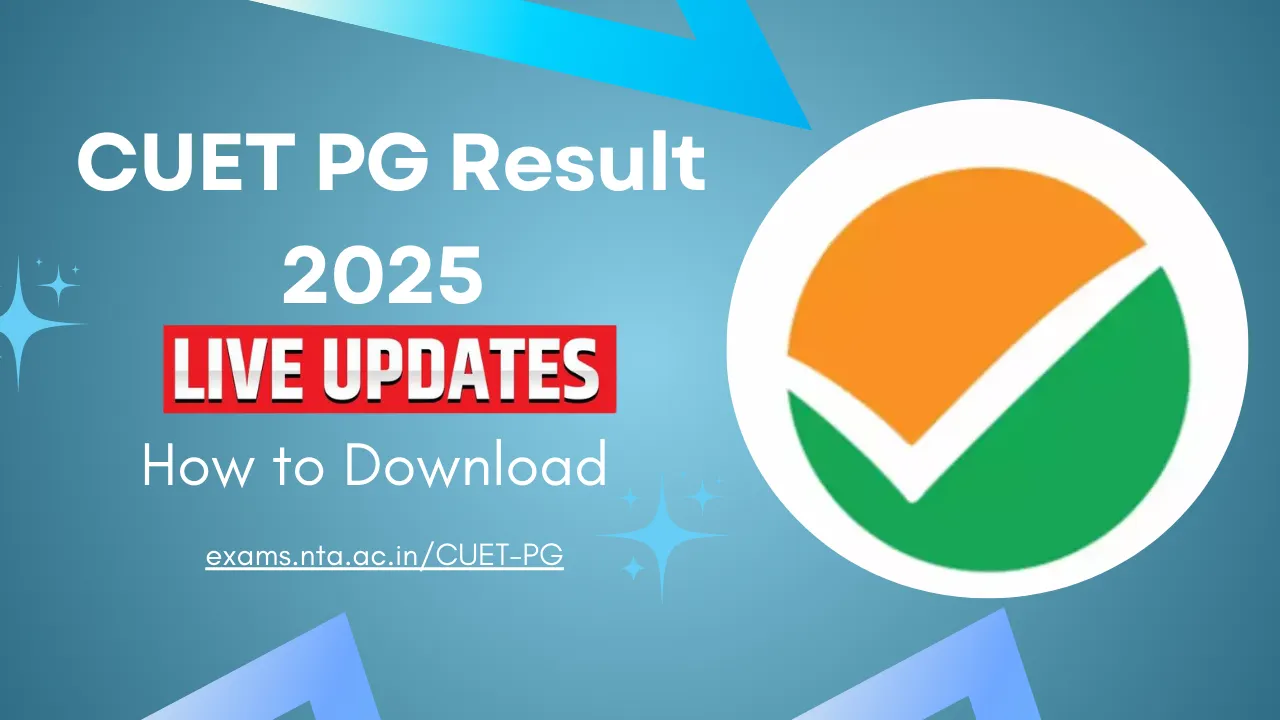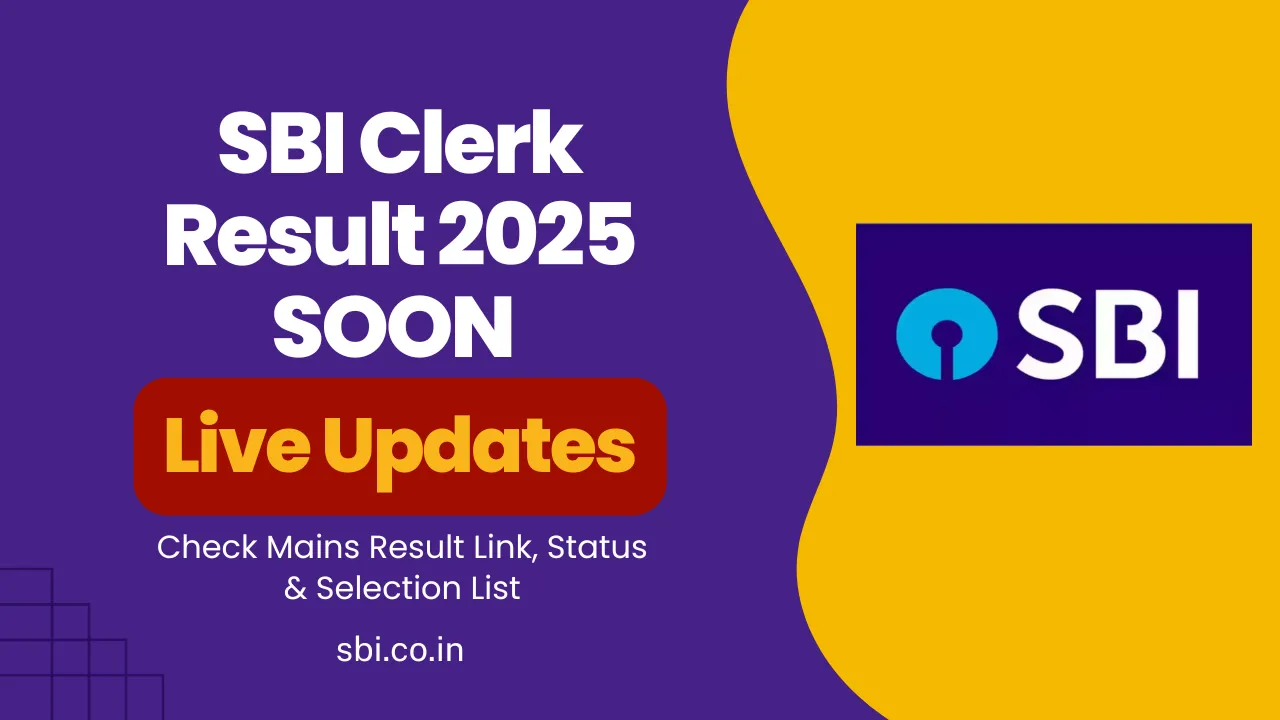$400 Stimulus Check: As inflation continues to impact everyday living costs, a new round of financial relief is on the way—this time not from the federal government, but from local and state authorities. Around 450,000 eligible individuals are set to receive a $400 stimulus check, offering a much-needed boost to those struggling with rent, groceries, or utility bills. The payment is a one-time initiative aimed at low-income households and is part of broader state-level efforts to help residents cope with rising expenses.
This $400 stimulus check is not a universal benefit and is not issued by the federal government. Instead, it’s a targeted relief program managed at the state or regional level. The payment will reach individuals who are part of public assistance programs like SNAP, Medicaid, or housing aid, as well as certain low-income workers who meet specific income criteria. In this article, we explain who qualifies, when to expect your check, and what steps to take to avoid missing out.
$400 Stimulus Check
The $400 stimulus check will be sent to selected individuals who are already part of existing assistance programs or meet income-related requirements. Unlike earlier federal stimulus rounds, this initiative is being driven by state-level efforts to directly address local financial strain. To ensure you receive this payment without delays, it’s essential to verify your eligibility, update your contact details, and track local announcements.
Overview Table: Key Information on the $400 Stimulus Check
| Category | Details |
| Payment Amount | $400 (one-time payment) |
| Target Recipients | 450,000 low-income individuals and families |
| Program Type | State-level initiative (not federal) |
| Eligibility Groups | SNAP, Medicaid, TANF recipients; low-income workers |
| Application Requirement | May vary by state; some may issue payments automatically |
| Direct Deposit Timeline | Late June to Early July 2025 |
| Paper Check Mailing | Mid to Late July 2025 |
| Final Program Closure | August 2025 |
Who Will Receive the $400 Stimulus Check?
The $400 stimulus check is designed for specific low-income groups, and not everyone will qualify. According to state authorities managing the distribution, the payment is mostly directed to individuals who are:
- Already receiving Supplemental Nutrition Assistance Program (SNAP) benefits
- Enrolled in Medicaid or housing support programs
- Beneficiaries of Temporary Assistance for Needy Families (TANF)
- Low-income working families falling below the federal poverty level or a slightly higher income threshold
Even if you’re not enrolled in public assistance, some working individuals and families may still qualify based on income. It’s important to check with your state’s human services department for specific eligibility rules.
Eligibility Requirements for the $400 Stimulus Payment
While the criteria can vary slightly from state to state, most programs follow similar standards. Here’s what most states are using to determine eligibility:
- Income Requirements: Applicants must be below or near the federal poverty level
- Residency: Only residents of the issuing state are eligible
- Enrollment in Public Programs: Automatically qualifies some recipients
- Tax Information: Some states may refer to your latest tax return to confirm eligibility
- Application or Action Required: In some cases, you may need to apply or update your personal information
States may send automatic payments to those already in public assistance databases, but it’s still smart to confirm your status and submit any required updates.
When Will the $400 Payments Be Issued?
Each state handling the program may have its own timeline, but the general disbursement schedule looks like this:
- Program Announcement: April – May 2025
- Eligibility Verification: May – June 2025
- Direct Deposits: Late June – Early July 2025
- Paper Checks: Mid – Late July 2025
- Program Closure: August 2025
If you’ve already submitted your tax returns and are part of a qualifying program, the payment could be automatic. But if updates or applications are required, delays could occur. Keeping track of official announcements from your state’s human services or treasury department is key.
How Will the $400 Checks Be Delivered?
Much like previous relief programs, the $400 stimulus check will be distributed using two main methods:
- Direct Deposit:
- If your bank details are already on file with a public assistance program, your stimulus will be directly deposited into your account.
- This is the fastest and most secure option, usually processed within days of issuance.
- If your bank details are already on file with a public assistance program, your stimulus will be directly deposited into your account.
- Paper Check:
- For individuals without direct deposit information on file, a physical check will be mailed to the address in government records.
- Make sure your mailing address is correct to avoid delays.
- For individuals without direct deposit information on file, a physical check will be mailed to the address in government records.
To ensure timely delivery, update your personal and banking information with the relevant state benefit office or department website.
Frequently Asked Questions (FAQs) About the $400 Stimulus
Q1: Is the $400 stimulus payment a federal initiative?
No, this is a state-specific relief measure. It’s not part of any nationwide federal program.
Q2: Who qualifies for the $400 stimulus check?
Low-income individuals, especially those receiving benefits such as SNAP, Medicaid, or TANF, or who meet specific income criteria set by their state.
Q3: Do I need to apply for the payment?
In most cases, those already in public assistance systems may receive the payment automatically. Others may need to submit a short application or update their records.
Why the $400 Stimulus Matters
While $400 might not seem like a large amount, it can make a real difference for households on a tight budget. With food, rent, fuel, and electricity costs continuing to rise, this money could be the lifeline that helps a family cover basic needs or avoid falling behind on bills.
By targeting the 450,000 most vulnerable recipients, this program demonstrates how state and local governments are stepping in to address the financial gaps left by federal relief. It’s a focused solution that recognizes the ongoing struggles of low-income residents and seeks to offer support where it’s most needed.
Final Thoughts: What You Should Do Next
If you think you might be eligible for the $400 stimulus check, now is the time to take action. Here’s what you should do:
- Visit your state’s benefits portal to check your eligibility
- Update your personal information, especially banking and address details
- Look for application forms or notices, if your state requires additional action
- Monitor emails and messages from your state’s human services or treasury department
By staying proactive and informed, you can ensure your $400 stimulus payment arrives smoothly and on time. For many, this one-time support could provide the breathing room they need to get through the next few months.
